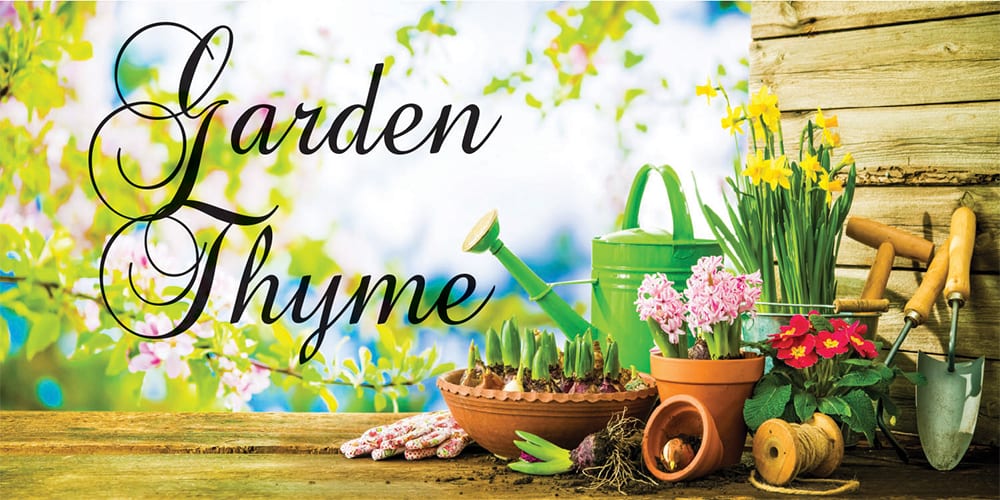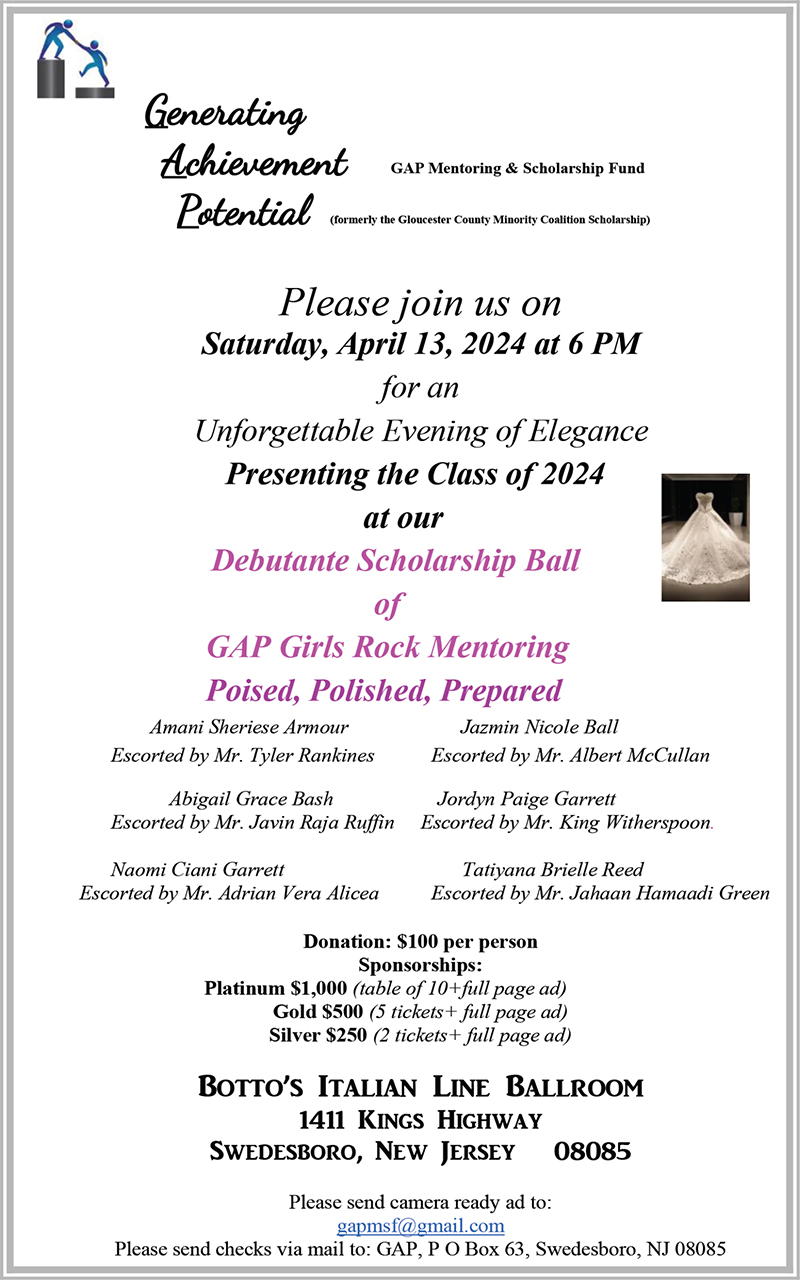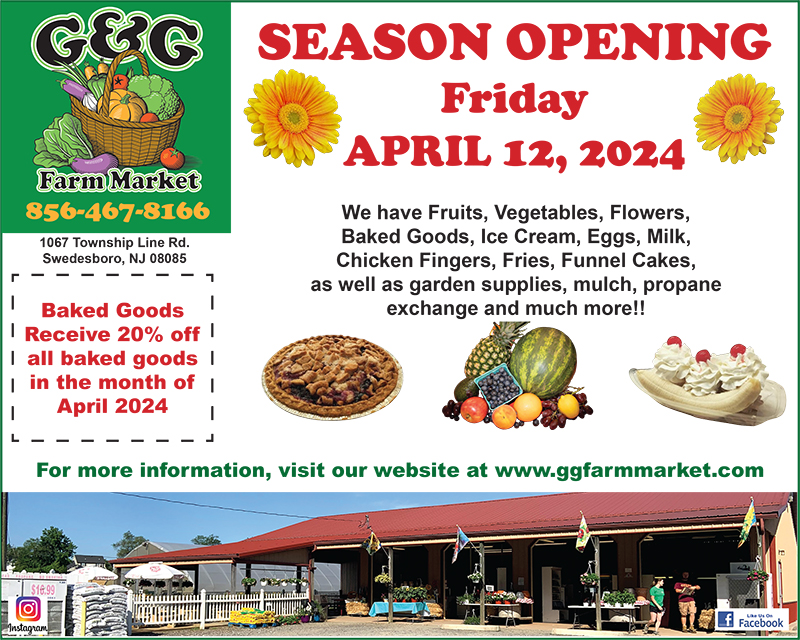As the days of summer come to an end, the days become shorter, and our gardens begin to change. How does end of the season affect your summer annual flowering plants?
Most of the bedding plants we enjoy in full bloom during summer are classified as “long-day” plants. These include petunias, impatiens, begonias, and marigolds. What this means is they bloom in response to longer periods of sunlight of 14-16 hours and shorter periods of darkness.
Many flowering plants, and even some animals have a response to photoperiodism – response to hours of sunlight and darkness. In animals, the regular activities of migration, reproduction, and the changing of coats or plumage are affected by length of daylight. Shorter days help geese and other birds know when to fly south for the winter and trigger deer to mate in fall.
“Short-day” plants are plants that flower in response to less hours of sunlight. Most short-day plants will flower when continuous darkness of 14-16 hours occurs. Lastly, there are what we call “day neutral” plants and do not respond to light or darkness to flower. Sunflowers are an example of day-neutral plants.
Now that you have the background for when and why many plants flower, can you now see your summer annual flowering plants losing their luster? Sometimes novice gardeners may think they need to add more fertilizer or water more. These methods will not make plants flower more in late summer or early fall if they are long-day plants.
So, what are our options to make our gardens more attractive in fall? Luckily, there are many lovely options, including short-day flowering plants to replace those tired petunias. Many of our local garden centers and farm markets offer an array of blooming and unique foliage colored plants in fall. In addition to annual plants, there are many perennial plants that bloom in fall to brighten gardens.
The most common short-day plants in our area for fall blooms are chrysanthemums. Chrysanthemum flowers are the second most popular flowers in the world, next to rose. Most gardeners treat chrysanthemums like annual plants and remove them after flowering. However, most hardy varieties will grow perennially. Many garden varieties only grow 2-3 feet tall and resemble a bush-like shape. A few dwarf varieties will stay small and reach a height of 1 foot. The beauty of chrysanthemums is they come in multiple flower-head sizes, textures, and petal arrangements.
There are different categories of chrysanthemum flower petal arrangements. Single-Bloom chrysanthemum flowers resemble daisy flowers and have petals are arranged around the yellow, or sometimes greenish, center. To match fall color schemes, one of the most attractive daisy-like chrysanthemums, in my opinion, are those with golden yellow centers and burgundy petals.
Another type of chrysanthemum flower arrangement are “quilled” blooms. Like the name suggests, the petals of these flowers look spiky or quill-like, very thin, and often cupped at the ends of the petals. Quilled blooming chrysanthemums come in many different colors and even multi-colored petals on the same plant.
“Spider” chrysanthemums, like the name suggests, have petals that are long and thin, resembling spider legs. The petals often have unique arrangements and may go off in different directions. In general, spider chrysanthemum flower heads tend to be larger than other varieties, mainly due to the long petals. Spider chrysanthemum varieties tend to have petals of one color on the same plant.
A more cushion-like and compacted flower petal arrangement for chrysanthemum flowers is the “anemone”. The petals of anemone chrysanthemums are often shorter, rolled or cupped to form a tubular petal, with a flower head that forms a raised center or dome-like shape. Due to the shape, these are sometimes also called, “cushion” chrysanthemums.
Another fall flowering plant that has blooms similar in size and shape as chrysanthemums, are asters. Asters, like chrysanthemums, are often grown as annual plants, however, many asters are perennial and can have thin woody stems.
Aster flowers come in many colors, white, yellow, pink, but the most common color is shades of purple. This plant likes a location with full sun to part sun and well-draining soil. Wet soil will rot the roots of asters and they can quickly die. Therefore, plant in an area where water does not puddle, and only water as needed.
If you are looking for smaller plant that will tolerate very cold temperatures, pansies are what you want in the fall garden. Pansies are related to violets, but with larger flowers that most violets. Blooms of this plant are often long-lived and are actually edible. You may see pansy blooms on cakes, in salads or as a plate garnish in fancy restaurants.
Other edible, showy plants for fall garden color include ornamental kale and cabbages. Ornamental kale and cabbage are one of the latest plants offered by garden centers for outdoor planting. The vibrant colors of this plant do not develop until temperatures are cold (below 50 degrees Fahrenheit), for long periods in late fall. Most ornamental kale and cabbage varieties will have either deep purple or white plant centers, surrounded by bluish-green tipped foliage. There are a few that will have pinkish centers with green leaves.
Although we can eat ornamental kale and cabbages, they are generally tougher and more fibrous than the vegetable garden varieties. However, like their counterparts, these too attract the same pests such as cabbage worms, aphids, and cabbage loopers. Fortunately, by the time we are planting ornamental kale and cabbage in the garden, frosts have occurred, and these pests are long gone. To establish these colorful plants in the fall be sure to supply adequate watering, but not over watering that can suffocate fibrous roots of these plants.
Hopefully, this information has inspired you to replace your dwindling summer flowers with some colorful fall favorites.
— by Michelle Casella













